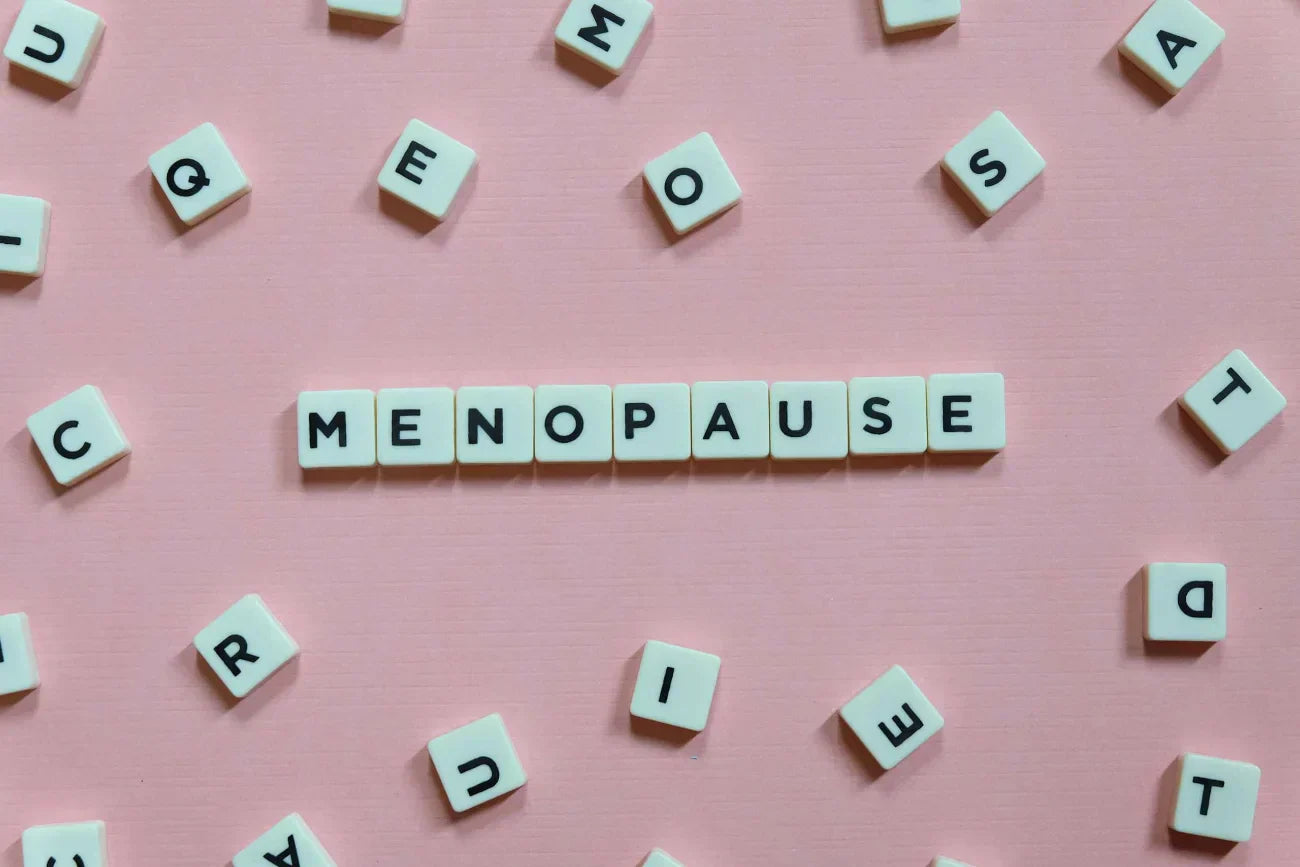The functions of the uterus are usually associated only with pregnancy; however, this organ has other implications for women's health. In addition to participating in menstrual bleeding, it plays a role in hormonal balance (1).
The uterus is a hollow muscular structure that can change size, but let's have a closer look at what its parts are and where it is located (2).
What does the uterus look like?

The dimensions of the organ may vary according to age, the stage of the menstrual cycle, and previous pregnancies. It measures about 8 centimeters in length and has the shape of an inverted triangle (3). Therefore, it is wider at the top (4).
The four distinct parts of the uterus fulfill its different functions (4), which are:
- Fundus: it is the upper and widest portion. It continues with the fallopian tubes.
- Body: it is the most voluminous and central area.
- Isthmus: is an intermediate part, which is thinner than the body and connects it to the neck.
- Cervical neck or cervix: is the lower portion. It projects into the vagina and has a central canal. That’s why it serves as a link between the uterus and the vaginal cavity.
In addition, the uterus has three layers. From the inside out, they are (3):
- Endometrium: this is the innermost tissue of the body of the organ, which thickens and is shed during the menstrual cycle. If fertilization occurs, it serves as the site of embryo implantation. It is at this time that it expresses itself with a brownish discharge (in which case there will be amenorrhea).
- Myometrium: this is the intermediate muscular layer. Smooth muscle, which contracts during labour, composes it. This is where myoma develops.
- Perimetrium: the outer layer is a serous membrane that covers the organ.
Where is it located?
The uterus is in the female pelvis; to be more precise, it is located between the bladder, which lies in front of it, and the rectum, which lies behind it (4).
It is supported by ligaments that connect it to the pelvis and other organs. The Fallopian tubes extend from the sides of the uterus to the ovaries (3).
What are the functions of the uterus?
The uterus performs several tasks in the reproductive system. The main ones are the following:
- To shelter and nourish the fetus: this is the first thing we think of when we talk about the functions of the uterus. The embryo implants in the endometrium and develops there. For this reason, this organ is also studied when female infertility is suspected (3).
- Participate in menstrual bleeding: in the absence of fertilization, the endometrium will shed cyclically. The lack of this event could indicate irregular periods (4).
- Facilitate birth: during labour, the uterus experiences coordinated contractions. As a result, it helps expel the baby (5).
- Produce hormones: this organ produces prostaglandins (substances that regulate blood flow, inflammation, and contraction of the uterus itself (1).
- Protect against infection: the cervix blocks the ascent of microorganisms. It does this through the closure of its canal and the production of mucus (6).
- Contribute to sexual pleasure: secretions from the cervix also serve as vaginal lubricants. In addition, the cervix itself is a point of stimulation (7).
How do the functions of the uterus change during menopause?
When the stages of menopause begin, the uterus changes. Firstly, this is due to the hormonal imbalance that accompanies the stage (4).
The ovaries reduce their production of estrogen and progesterone; therefore, the most evident change occurs in the endometrium. Eventually, the tissue stops shedding each month (8). The cessation of menstruation and infertility follow this. If this occurs before the age of 40, it is called early menopause (9).
When the cyclical changes no longer occur, several functions of the uterus disappear because it atrophies; that is to say, the entire organ tends to reduce its size (4).
Changes also occur in the cervix. For example, the narrowing of this section and the reduction in its production of cervical mucus could be linked to loss of libido (10).
So, taking care of the functions of the uterus is not a task limited to a single moment of life. During menopause, it also deserves attention to detect problems in time and certify that the changes it undergoes are normal and to be expected.
Referencias Bibliográficas
- Garfield RE, Tabb TN. Control of uterine contractility. London, England: Routledge; 2019 [cited 2024 Mar 2]. Available from: https://www.taylorfrancis.com/chapters/edit/10.1201/9780429261756-11/roles-regulation-prostaglandins-within-uterus-murray-mitchell-sharlene-adamson-curtis-coulam-roberto-romero-sarah-lundin-schiller-michael-trautman
- Medline Plus. Uterus [Internet]. National Library of Medicine of U. S.; 2023 [cited 2024 Mar 2]. Available from: https://medlineplus.gov/ency/imagepages/19263.htm
- Gasner A, Aatsha PA. Physiology, Uterus [Internet]. StatPearls Publishing; 2023 [cited 2024 Mar 2]. Available from: https://www.ncbi.nlm.nih.gov/books/NBK557575/
- Ameer MA, Fagan SE, Sosa-Stanley JN, Peterson DC. Anatomy, Abdomen and Pelvis: Uterus [Internet]. StatPearls Publishing; 2022 [cited 2024 Mar 2]. Available from: https://www.ncbi.nlm.nih.gov/books/NBK470297/
- National Health System. The stages of labour and birth [Internet]. UK; 2023 [cited 2024 Mar 2]. Available from: https://www.nhs.uk/pregnancy/labour-and-birth/what-happens/the-stages-of-labour-and-birth/
- Lacroix G, Gouyer V, Gottrand F, Desseyn J-L. The cervicovaginal mucus barrier. Int J Mol Sci [Internet]. 2020 [cited 2024 Mar 2];21(21):8266. Available from: http://dx.doi.org/10.3390/ijms21218266
- Giovannetti O, Tomalty D, Gilmore S, Pattison A, Komisaruk B, Goldstein S. The contribution of the cervix to sexual response: an online survey study. J Sex Med [Internet]. 2023 [cited 2024 Mar 2];20(1):49–56. Available from: http://dx.doi.org/10.1093/jsxmed/qdac010
- Deligdisch-Schor L, Mareş Miceli A. Hormonal biophysiology of the uterus. In: Advances in Experimental Medicine and Biology [Internet]. Cham: Springer International Publishing; 2020 [cited 2024 Mar 2]. Available from: https://link.springer.com/chapter/10.1007/978-3-030-38474-6_1
- National Health System. Early menopause [Internet]. UK; 2021 [cited 2024 Mar 2]. Available from: https://www.nhs.uk/conditions/early-menopause/
- Tayside Sexual and Reproductive Health Services. Vaginal, Vulval and Bladder Problems in the Menopause [Internet]. National Health System; 2022 [cited 2024 Mar 2]. Available from: https://www.nhstaysidecdn.scot.nhs.uk/NHSTaysideWeb/idcplg?IdcService=GET_SECURE_FILE&dDocName=PROD_302625&Rendition=web&RevisionSelectionMethod=LatestReleased&noSaveAs=1
You May Also Like

JOIN US AND GET 10% OFF
Sign up to our newsletter to access free resources, advice and support.















